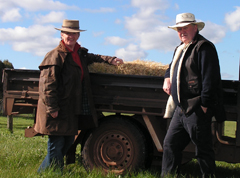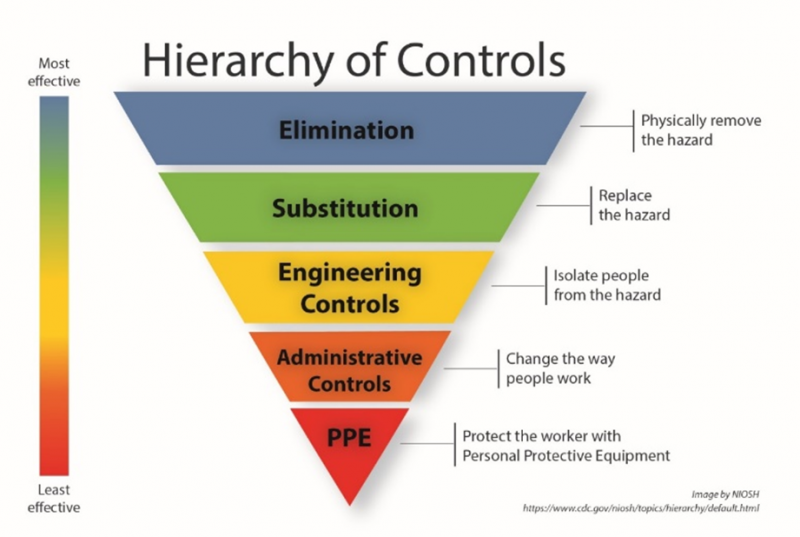
Farms are among the most dangerous workplaces in Australia. Many factors contribute to this, including the ageing farm workforce, disadvantaged access to medical services and farm workers being more likely to work alone.
In 2023, agriculture had a work-related fatality rate of 9.2 deaths per 100,000 workers (27 deaths). The five-year average remains higher at 36 deaths per year. Farming continues to be the highest risk occupation. Many farm injury hospital presentations go under-reported or un-reported, making it challenging to accurately capture the true extent of farm-related incidents.
Since 2001, 1,815 people have been killed on a farm in Australia due to non-intentional injury1. People aged over 50 years accounted for 53% of incidents, while children under 15 years made up 14%. Males were over-represented, comprising 88% of fatalities.
According to media monitoring, there were 72 farm fatalities, and 133 non-fatal injuries recorded in Australia in 20241. The most common agents of fatality were tractors, quad bikes and side by sides. Similarly, the most common agents of injury were quad bikes, horses, cattle, side by sides, motorbikes and tractors.
Living on farms creates a unique relationship between home and workplace. Multiple generations may also live together on the farm. While this can have benefits, it can also present risks to health, wellbeing and safety. Children and older farmers are at high-risk of farm fatalities and injury. Farmers can become accustomed to hazards and accept risks as part of everyday life.
Managing risk: Hierarchy of Controls
Many farm risks can be managed by following the Hierarchy of Control. For example:
- Elimination – removing an old tractor (without appropriate safety features) from the farm.
- Substitution – using smaller sized containers or packaging to reduce heavy loads.
- Engineering controls – redesigning livestock yards to minimise physical interaction with animals.
- Administrative controls – limiting the number of hours worked and include regular breaks to minimise fatigue.
- Personal Protective Equipment (PPE) – using correctly fitted earplugs when exposed to high noise environments.

Tips for making your farm safer
- Schedule a farm risk assessment with your local farm safety advisor.
- Create safe play areas for your children.
- Maintain all machinery, equipment and infrastructure with routine service and repairs.
- Simplify farm systems to reduce complexity and confusion.
- Develop a farm safety culture – make safety a normal part of conversations in your farming business.
- Provide everyone with their own PPE and allocate a place for clean storage when not in use.
- Recognise that ‘better beats perfect’ when it comes to safety.
Farmsafe can offer valuable advice and resources. Download the workplace guide to begin the process of creating a safer working farm environment.
References used for this topic
1AgHealth Australia. Non-intentional farm-related incidents in Australia. AgHealth Australia 2024.
Safe Work Australia
Key Work Health and Safety Statistics Australia 2024
Farmsafe Australia
Safer Farms Report 2024
National Institute for Occupational Safety and Health (NIOSH)
Hierarchy of Controls
More information:
AgHealth Australia
Research reports
Better Health Channel
Farm safety – risks and hazards
WorkSafe Victoria
15 minute farm safety check
Working alone on farms
Farming: Safety basics
Children on farms
Farmsafe Australia
Child safety teaching kits
Victorian Farmers Federation
Making our Farms Safer
|
|